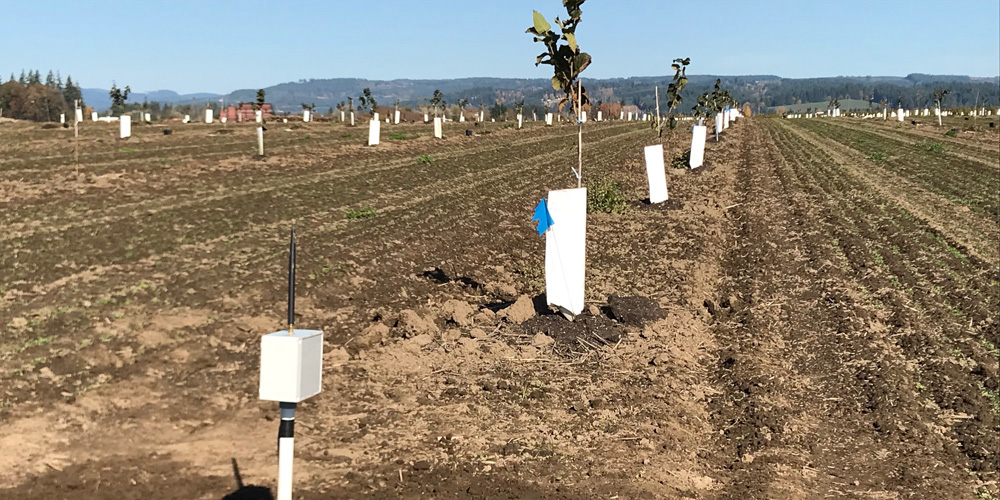www.magazine-industry-usa.com
17
'18
Written on Modified on
Intel Study: Applying Emerging Technology to Solve Environmental Challenges
Survey Finds Widespread Optimism for Emerging Technology Sustainability Solutions, Addressing Remaining Barriers.

These aren’t small or simple tasks. For example, with droughts resulting in billions of dollars’ worth of damage, access to clean water is an important global issue.
To better understand how emerging technologies can be applied today and in the future, Intel and the research firm Concentrix recently conducted a study of more than 200 business decision-makers working in environmental sustainability.
The study revealed that the majority are optimistic about the power of these technologies: 74 percent of respondents agree that artificial intelligence (AI) will help solve long-standing environmental challenges; 64 percent agree that the internet of things (IoT) will help solve these challenges.
Despite the promise technology holds, the survey also reveals barriers preventing broader adoption of these solutions for sustainability. Respondents cite cost as the top challenge for implementation at 33 percent, followed by regulatory approval at 17 percent. Additionally, just under half of respondents in the survey say they don’t know about or aren’t using emerging tech to support their water conservation strategies.
At GreenBiz’s Verge Conference: Where Technology Meets Sustainability, we convened a workshop with sustainability and technology leaders from a variety of organizations spanning academia, the Fortune 500, private-sector companies and environmental nonprofits to examine these survey findings and discuss solutions to perceived barriers. Ideas included:
- Realizing that cost is not a barrier, but rather one of the fundamental reasons to adopt emerging technology solutions as they have the potential for long-term savings.
- Creating shared supply chain goals and standards while also collaborating with customers to create greater environmental impact.
- Sharing learnings from past mistakes through ongoing collaboration to build new systems that are more resilient and efficient.
To accelerate solutions’ deployment and realize their full potential, public and private organizations need to reduce the barriers to implementation and bridge the awareness gaps regarding cost-effective solutions that already exist today. In doing so, we’ll unlock greater access to environmental data for decision-making and new insights into our collective impact on the environment.
As a leader in emerging technologies – from AI to IoT to 5G communications – Intel is uniquely suited to build the foundation that will enable innovations across the environmental sustainability field. For the last few years, we’ve been working with partners to develop solutions to address many environmental challenges, such as smart city IoT technology, digital solutions that use natural resources more efficiently, and smart, green buildings.
Last year, we announced our commitment to restoring 100 percent of our global water use by 2025. One year in, we have funded 14 water projects across California, Arizona, New Mexico and Oregon, that, once complete, are expected to achieve approximately 56 percent of our goal. For example, in central Arizona, we have been working with a local farmer to pilot IoT sensors to monitor soil moisture and local weather conditions, aimed at reducing water usage.
In Costa Rica, Intel is using drones to re-create 3D models of forests’ surfaces, gathering information about tree health, height, biomass and other factors to estimate the amount of carbon they store. The result is an innovative interpretation of highly precise information about carbon capture and its implications for scientific research, management, conservation, monitoring and other uses.
As a society, we continue to face enormous environmental challenges. However, the actions we take today can arm us with the tools to adapt to our changing world, preserving our natural resources and quality of life for future generations.
And here at Intel, we will continue to encourage collaboration across organizations. It’s the only way to drive true transformation and create positive change for the environment.
www.intel.com

